Solar Energy in Rural North Carolina
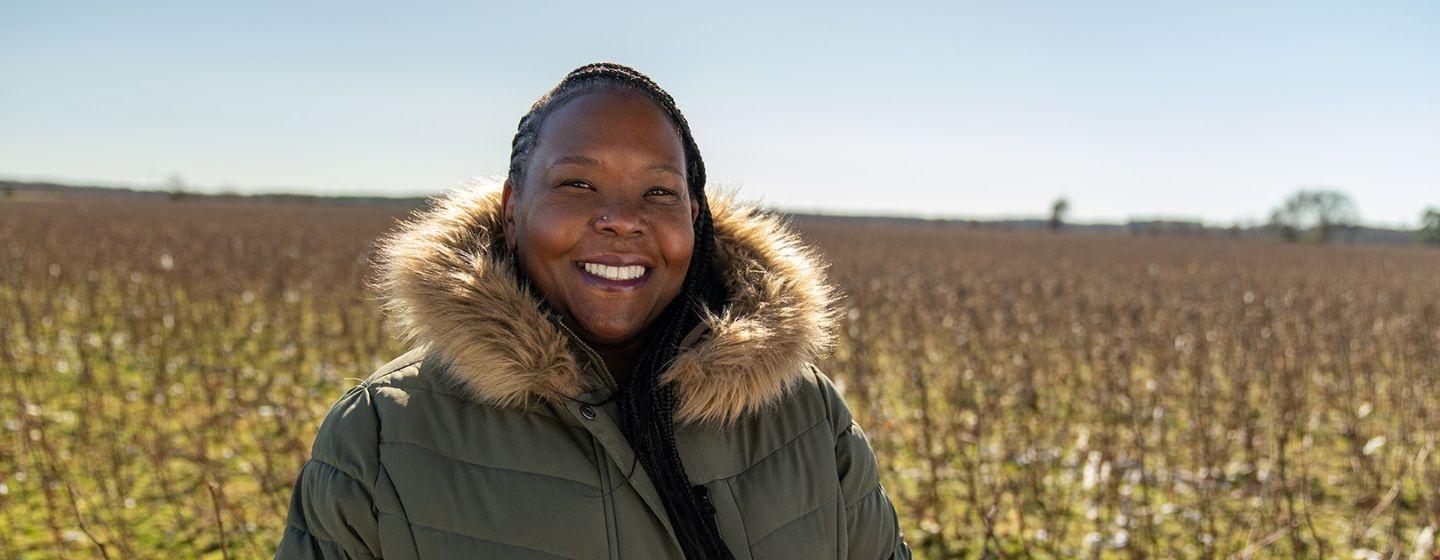

Marion Mitchell’s family has farmed or leased the land she lives on in Pendleton, NC, for generations. Her grandfather gave the farm to her father, and the 100-year-old white farmhouse where her parents lived still stands on the corner of the property in front of the house she lives in now. She leases the surrounding land to farmers. Except now, a small plot is occupied by an array of solar panels harvesting energy from the sun.
Marion remembers when she first learned about the opportunity to add the solar array to her property.
“It was exciting,” she recalls. “So then I talked to my children about it, and they said, ‘Well, why not go for it?’”
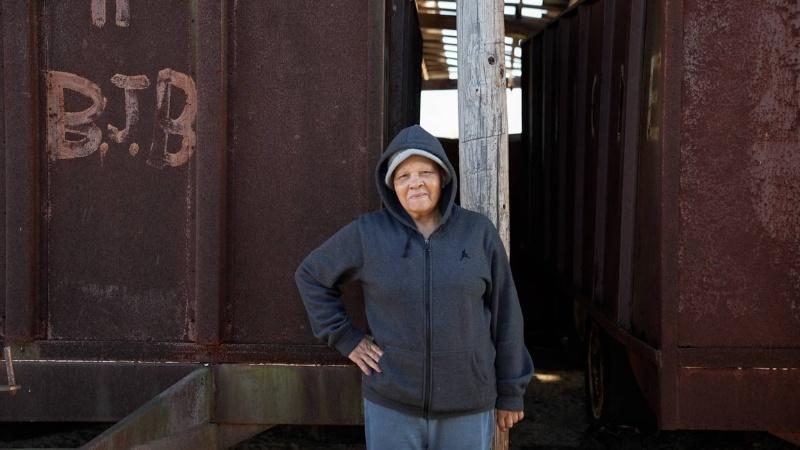
This installation is part of a pilot program organized by EnerWealth Solutions, LLC. CEO Ajulo Othow hopes it can be a model for how solar-energy generation can be deployed across the rural South and beyond so that rural communities also benefit from investments in renewable energy.
“I realized after spending about two decades in rural development that solar-energy investments were going to be the new source of revenue coming into rural communities. And I wanted to be sure that that investment would do more than what it had been doing,” she says.
“We need to have agricultural production, and we need to have that alongside clean energy, renewable energy production. And the two can actually work together,” Ajulo affirms.
North Carolina has a history of leading the nation in solar-energy installations. Through 2019, the state was second in the nation in installed solar capacity. That position has dropped in the last few years, but the state still ranks in the top five.
“We’ve already seen that we sort of believe in this technology by being second in the nation,” Ajulo points out. “Our utility has been benefiting from it for more than a decade now. And so it’s time for everybody, everyday people, households, to also be able to benefit from the technology, too.”
EnerWealth works with rural landowners and electric cooperatives to find the best ways to expand the reach of the benefits of this investment in renewable-energy infrastructure.
As of this story’s publish date, EnerWealth has supported the installation of two pilot sites, one in Northampton County and one in Halifax County, each less than five acres and five megawatts of solar production. Landowners lease their land to allow solar panels and battery systems to be installed, and that power is fed back into the local electric grid.
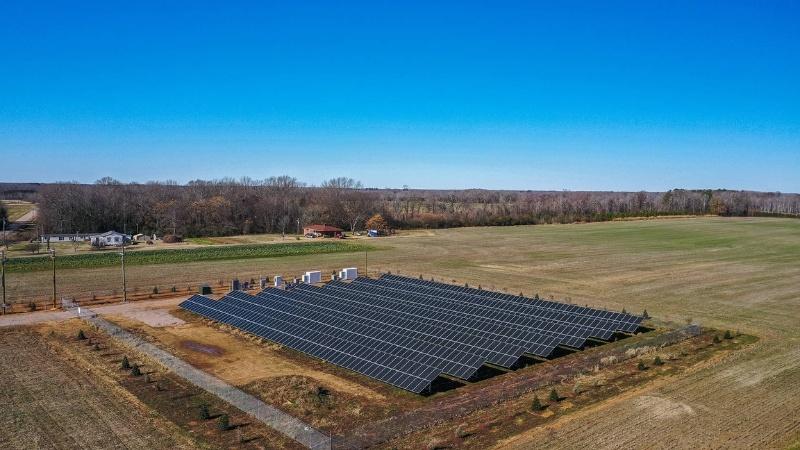
It might seem like the more energy you can generate the better, but there are several reasons why smaller installations make sense for rural communities.
A smaller footprint for the installation allows farmers to keep their land in production while generating additional income. To Ajulo, keeping farmland in production is important beyond food production.
“Quite frankly, the work that farmers are doing actually as stewards of the land is really a part of our decarbonization strategy. So as farmers begin to adopt more traditional, regenerative agricultural practices that help to hold carbon, that is actually helping in our path towards a transition towards renewable energy,” she says.
If farmers can continue to farm the land around solar installations, it also allows them to gain extra income from the leased land while continuing to earn an income from farming. This additional steady source of revenue creates a stable base from which to innovate and try out new projects on the farm while keeping land in the family.
“It works well for farmers because this is another way to diversify their revenue streams, to diversify their income,” Ajulo explains. “We do want folks to have the flexibility alongside the solar production to be able to farm or use that land for recreational purposes or any other purpose that the family might want to use it for, and both can be done.”
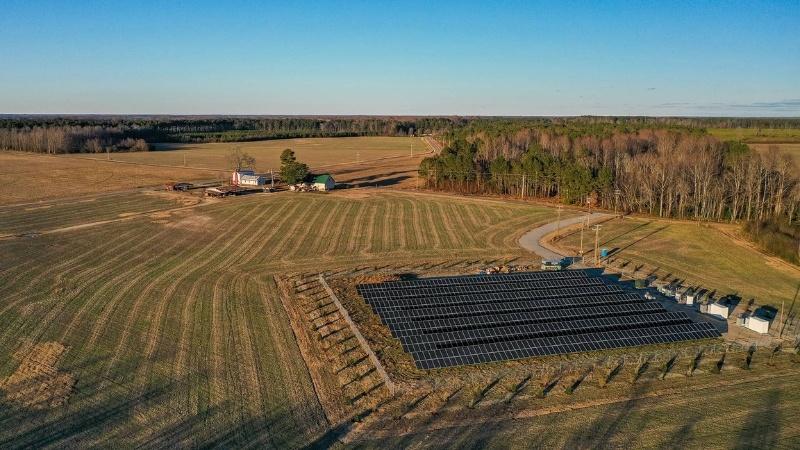
“The solar is another income for the farm,” Marion agrees.
Rural communities, like the ones where these pilot projects are located, are often served by electric cooperatives. The cooperatives are typically private, not-for-profit companies that were founded in the 1930s to provide access to electricity in rural areas, where widely dispersed residents made it unprofitable for major utilities to install infrastructure. North Carolina’s 26 locally owned and operated electric cooperatives and both EnerWealth projects are in communities served by Roanoke Coooperative.
Roanoke Cooperative President Marshall Cherry says areas served by cooperatives are typically very remote and rural, and often very agrarian, which is the case in northeastern North Carolina. They are consumer-owned and, according to Marshall, primed to benefit from local renewable-energy generation like solar, especially when these small installations are paired with battery-storage systems.
“It’s not a micro grid serving a home per se; this is a solar plus battery-storage installation,” Marshall explains. “The benefit of the batteries actually brings some flexibility for us as electric cooperatives because we are buying power—we do not own any generation.”
Battery storage of energy generated by the panels allows the cooperative to avoid purchasing power from the grid during peak hours when it’s most expensive. This cuts costs for the cooperative and its member owners.
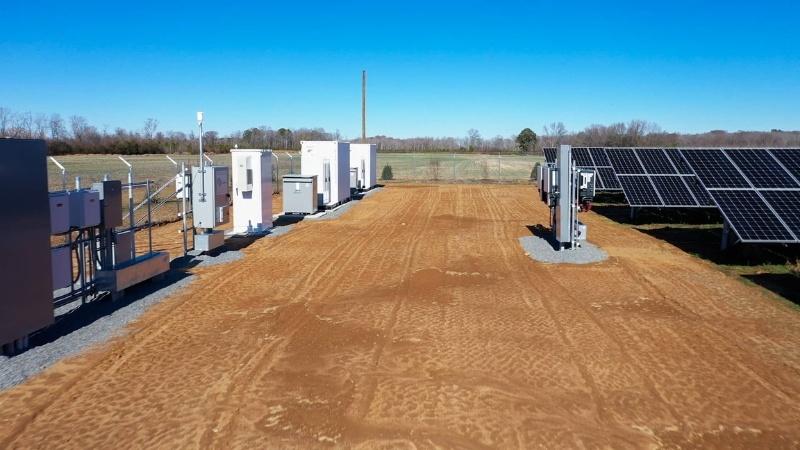
“And so this really brings our team members or our families here in our service territory into a level playing field to be able to have access and actually participate in solar ownership,” Marshall says.
“Here in northeastern North Carolina, particularly Roanoke Cooperative service territory, we’re about 60% African American,” says Cherry “Some of the most marginalized communities in North Carolina are right here in Bertie, Hertford, Northampton, Gates, Halifax Counties, the counties that we serve.
Land ownership is a powerful mechanism for families to build generational wealth.
“The privilege of being able to have something that you own is not only a financial asset, but it’s also a mindset,” Ajulo says. “It’s a way of thinking about your place in the world and your ability to achieve your dreams. Ultimately, [you] always know you have a place to come back to, where you can plant a little bit if you need to or build a home for your family.”
To Ajulo, it’s important that rural landowners, especially people of color and their families with smaller acreage, can hold on to their land for future generations.
“We know that land is a source of wealth for people. The question is how are they able to maintain it from one generation to the next?” Ajulo wonders.
The fact that the pilot projects are supporting two Black landowners is no accident. Ajulo sees the importance of helping Black landowners retain their land.
“The history of land retention in the African American community is actually a sad story,” she says. “Many African American landowners have lost their land, millions and millions of acres over generations, which is amounting to billions of dollars’ worth of wealth that’s been stripped away in one way or the other.”
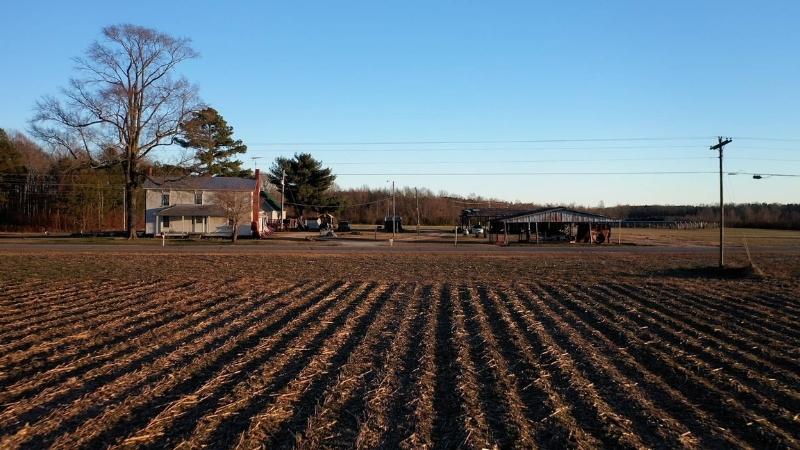
On her property, Marion Mitchell keeps a garden of salad greens, peppers, flowers and collard greens on the land between her parents’ house and her house, where her mother, Mary F. Boone, used to garden. She says it’s important that she hold on to the land for her children and grandchildren.
“Take care of what you already have,” she says. “We’re not going to be selling this land, […] my mother and father started this farm.”
It’s important to Ajulo that farmers and landowners like Marion and her family can keep the land they own. Roanoke Cooperative is also working to help its member owners retain their land through their Sustainable Forestry and Land Retention Program.

“It is very important for us to make sure that everyone is able to participate,” Marshall says. “These individuals now have an opportunity to bring levels of wealth creation to their families somewhere in the range of about 30 to 40 years, which can traverse several generations.”
Ajulo hopes that as people see the benefits of rural renewable-energy generation, more investment will follow, including rooftop generation, community solar and other types of renewable energy like wind generation.
“One of the most interesting features of our energy transition is that there’s actually a systemic change happening around ownership of energy production,” Ajulo says. “There’s the potential for a broadening of the benefits economically for communities and people who have been historically disadvantaged as a part of this energy transition. And that’s really exciting.”
Can farming and solar-energy production coexist in the South? Learn how EnerWealth Solutions and Roanoke Cooperative work with farmers and landowners in rural North Carolina to harness the power of renewable solar energy alongside agricultural production as well as help ensure that revenue is shared equitably with the community.
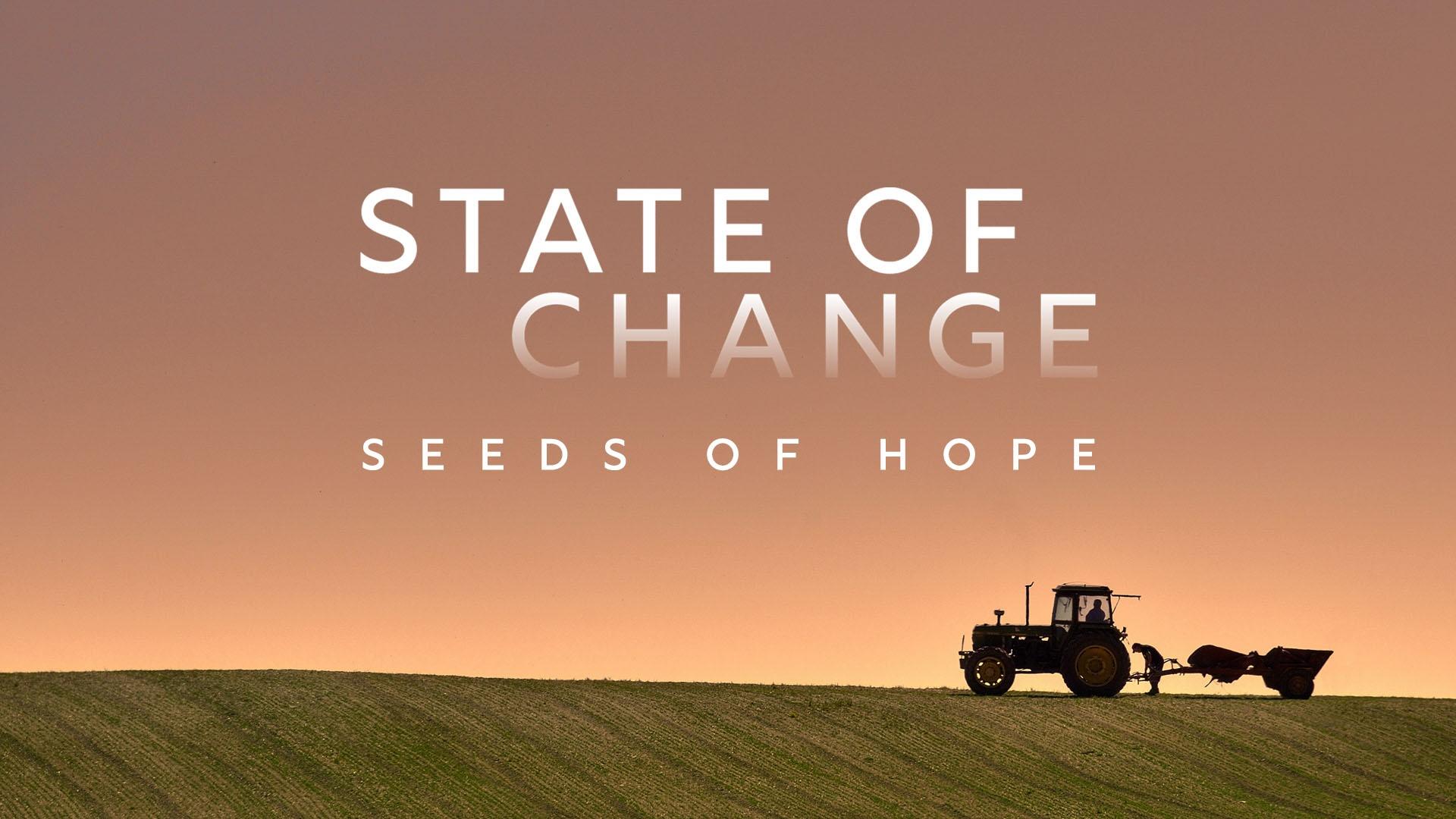
Meet the North Carolinians who are adapting to our changing climate in new and inspiring ways. From conserving land and growing food that’s tolerant of extreme conditions to using farmland to produce both crops and solar energy, these innovators are facing the challenges of climate change with perseverance and ingenuity.
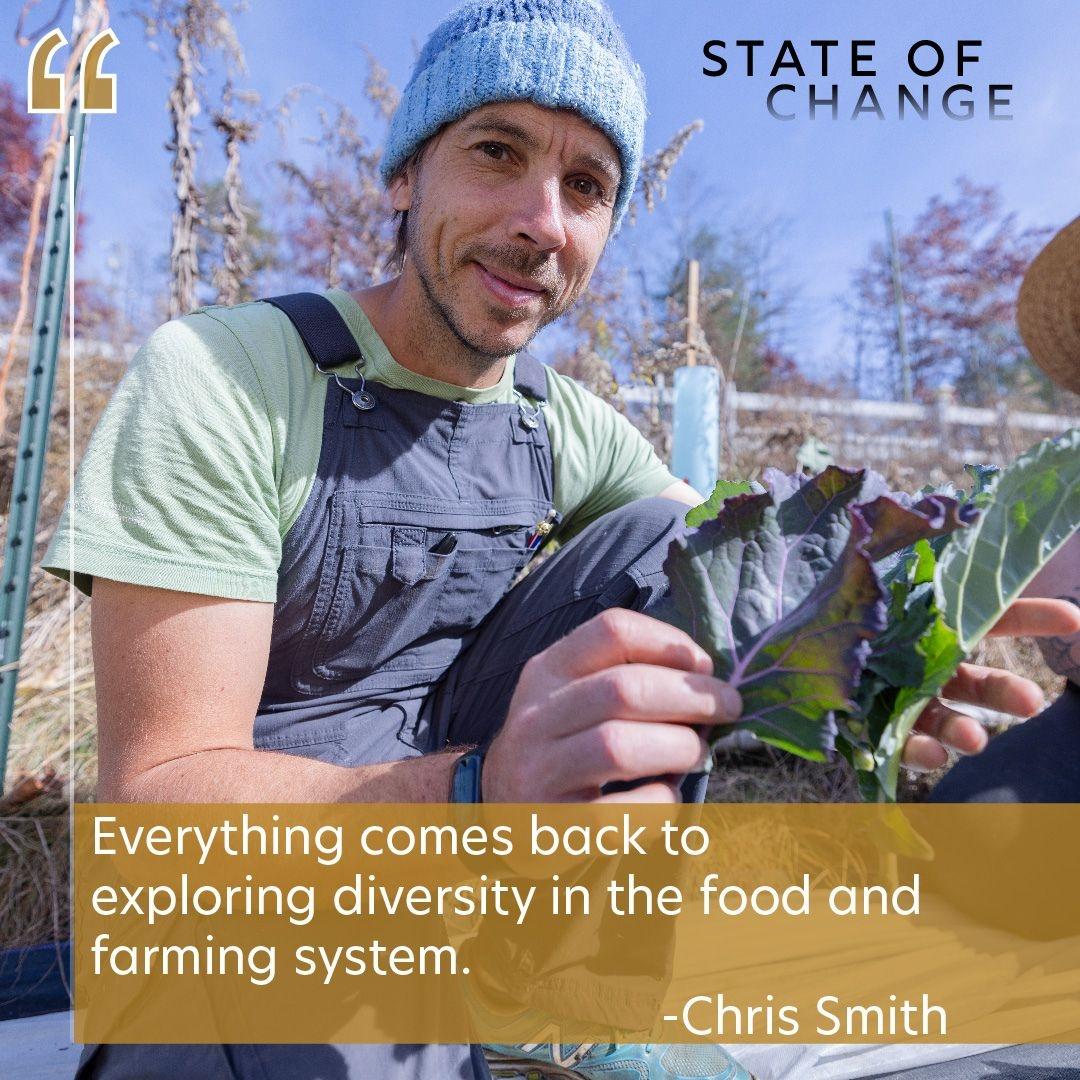
The Utopian Seed Project in western NC is developing regionally adapted varieties of crops and introducing tropical staples to increase resiliency..
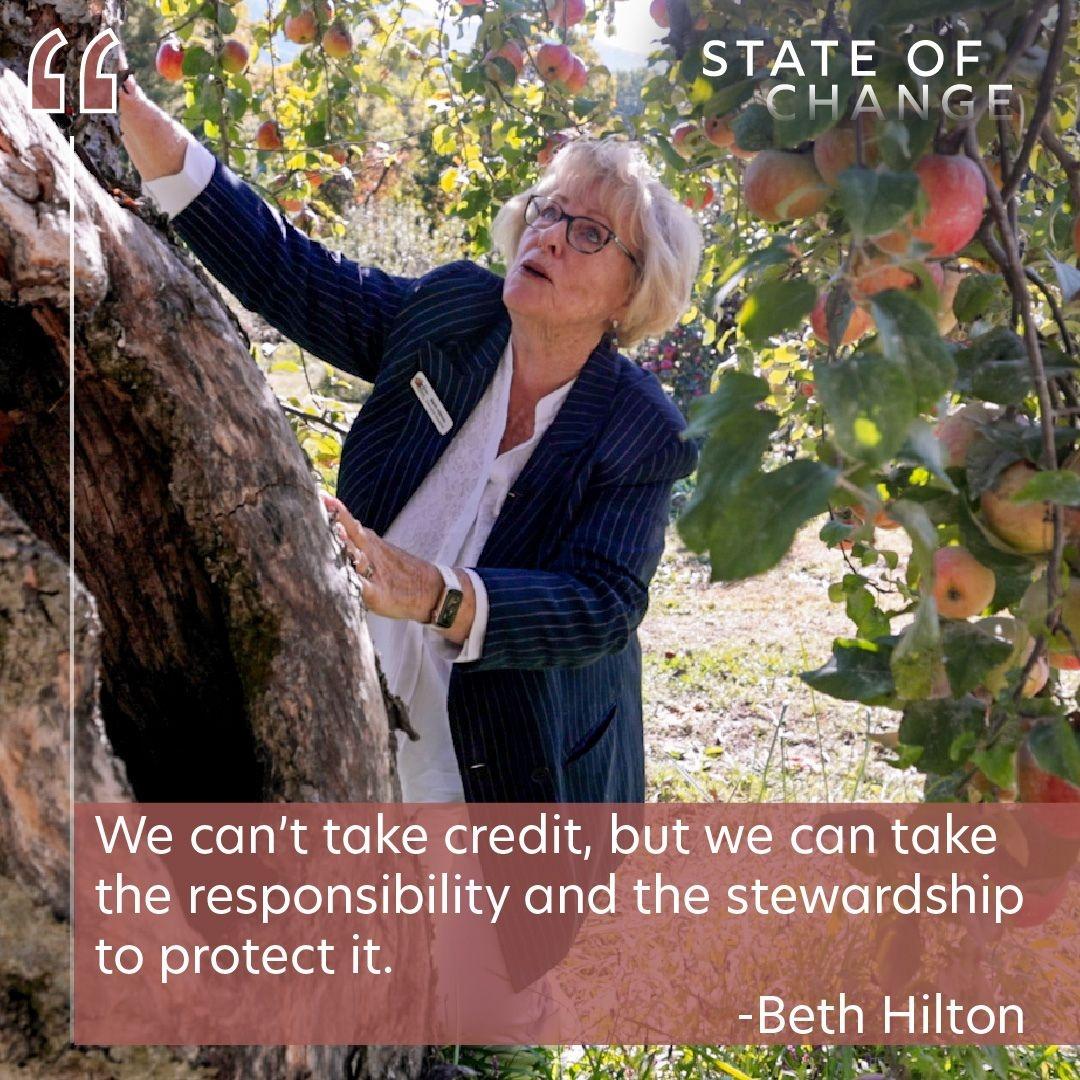
The Conservation Trust for NC and the Historic Orchard at Altapass work to strengthen climate resiliency along the Blue Ridge Parkway through land conservation.
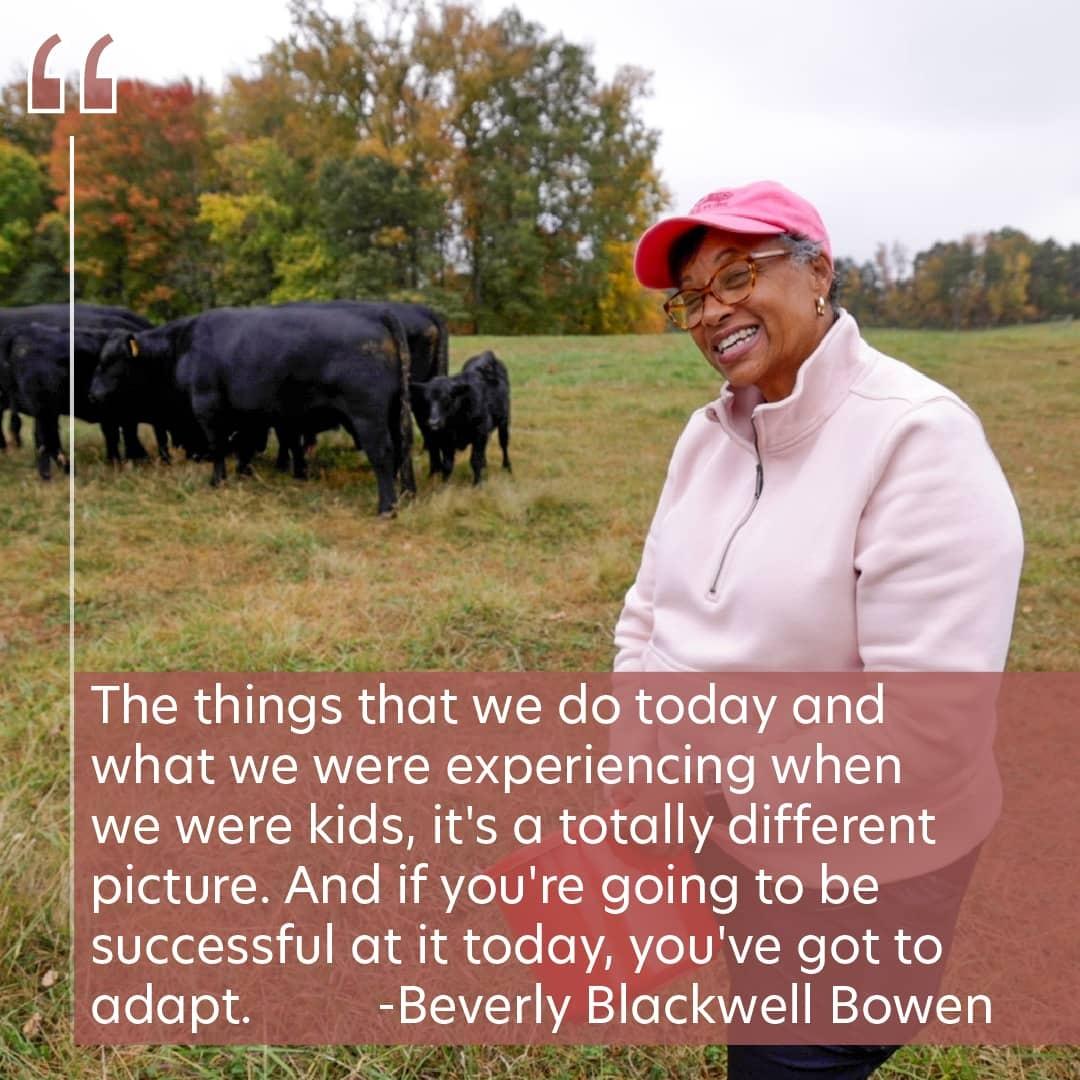
Farmers and researchers in Reidsville see the positive impacts of no-till agriculture.
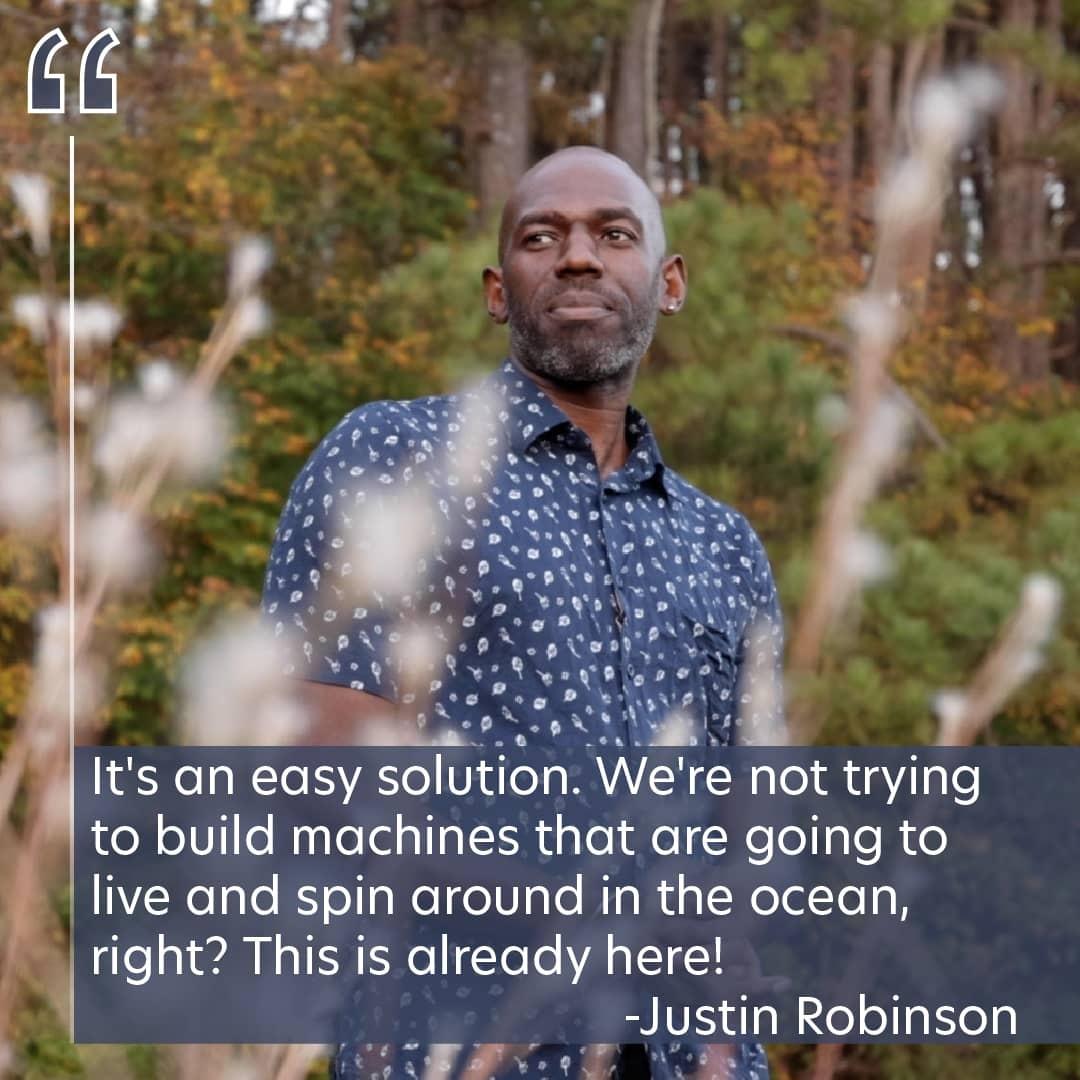
The low-maintenance plants of the Piedmont Prairie have a superpower: they store carbon deep underground.
STREAM ANYTIME, ANYWHERE
